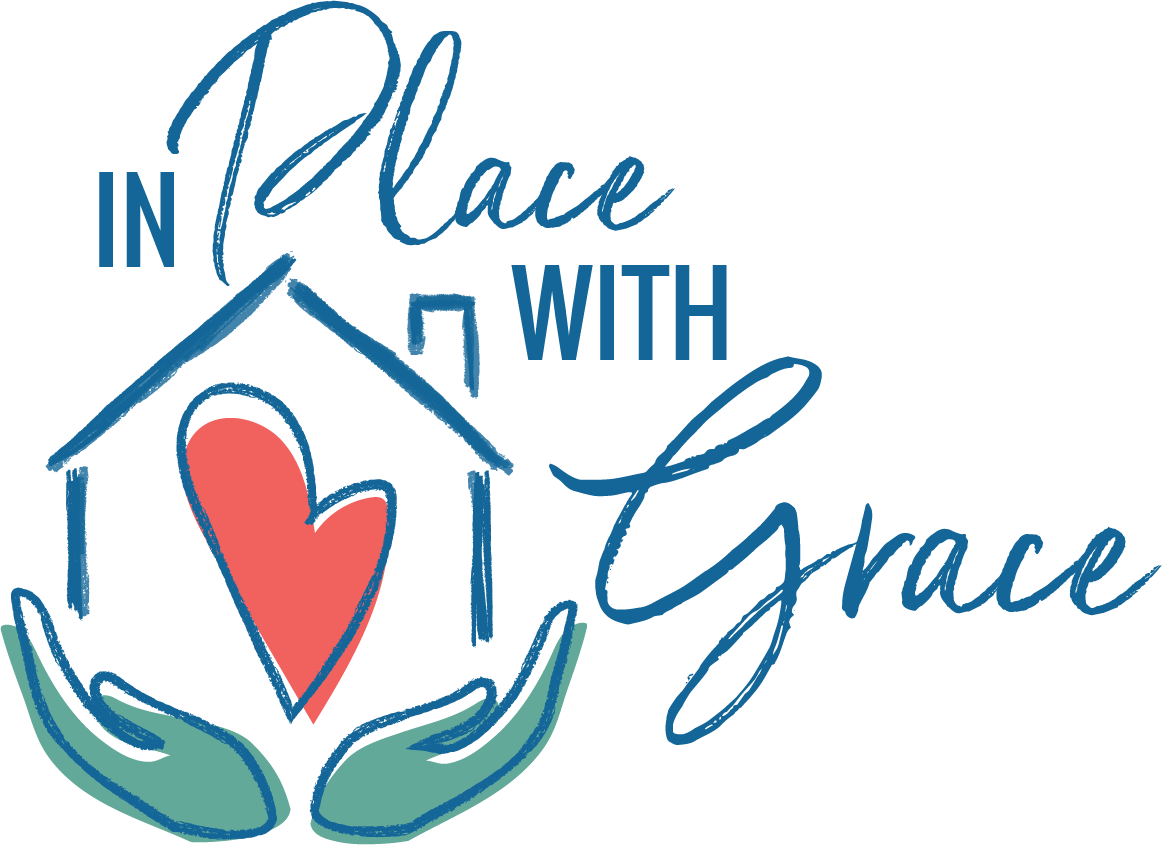
By Holly Kennedy, PT, ECHM, CEAC, CAPS
Home modifications are changes to the home to make daily activities easier and safer. These changes can help people to stay in their homes and communities after a significant injury/illness that results in a disability and as they age. While many home modifications, such as adding a grab bar and removing clutter, are free or low cost, others, such as remodeling bathrooms for accessibility, can be more expensive.
It is important to start with a consultation with a home modification professional to determine the most effective plan for you and your home. This step is crucial in avoiding mistakes which typically end up adding to overall costs and reducing the efficacy and helpfulness of the renovation.
Determining how to pay for the changes is the second step in the process. Funding sources for home modifications are available but can be difficult to identify and access. In our previous blog, we discussed the U.S. Veterans Affairs housing grants. Today we will share some additional government funding sources you may not be aware of.
National Examples
- Administration for Community Living (ACL)
- Grants (dementia, fall prevention, disabilities)
- Centers for Medicare and Medicaid Services (CMS)
- Medicaid Waivers
- Money Follows the Person Program (MFP)
- Nursing Home Transition Program (NHT)
- • U.S. Department of Agriculture (USDA)
- Section 504 Home Repair
- Section 533 Rural Housing Preservation
- • U.S. Department of Energy (DOE)
- Weatherization Assistance Program (can cover safety repairs)
- • U.S. Department of Housing and Urban Development (HUD)
- HOME Program
- Community Development Block Grants (CDBG)
- • CARES Act and ARPA funding can be used for home modification services
State Examples
- Older Americans Act Title III-B and National Family Caregiver Support Program Title III-E
- Medicaid Home and Community-Based Waivers
- State Tax Credits
- State General Revenues for state funded programs
- State Home Care Programs (State Funded In-Home or
- Homecare Program; State Home and Community-Based Service Funds; State Senior Community Services)
- State Block Grant Funds (e.g., Aging Services Block Grant; State Housing Bond Program/Housing Bond Fee grant; State Human Services grant; State Development Services Administration Program grant)
As you can see, there are many resources to explore and access. Follow the link below for additional contact and qualification information. In our next blog, we will share a few non-government sources such as insurance, vocational supports, lending and non-profit organizations. Stay tuned!
Reference:
National Council on Aging and USC Leonard Davis School of Gerontology
